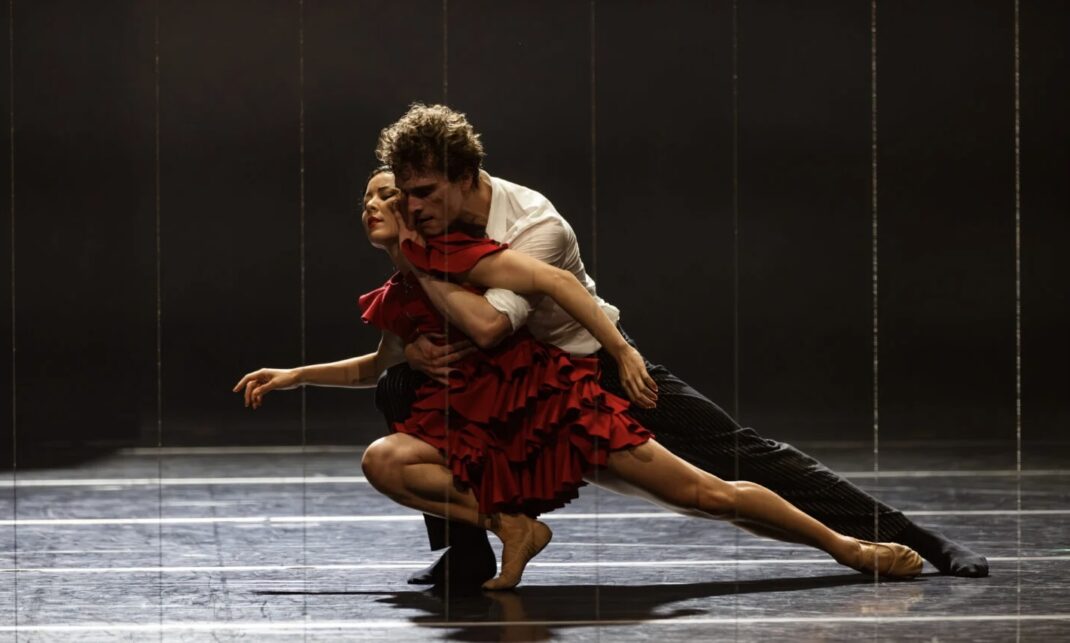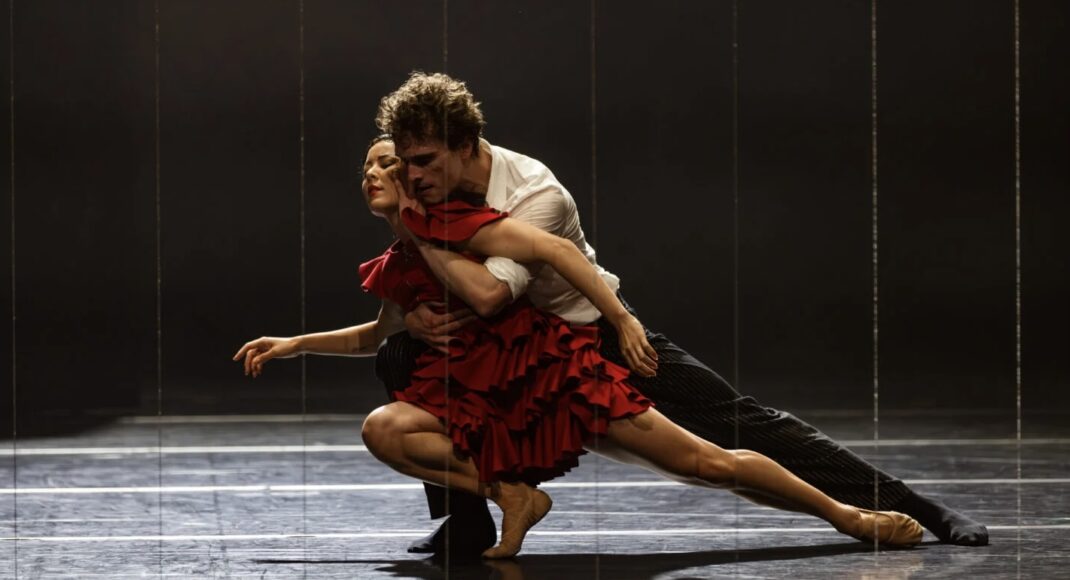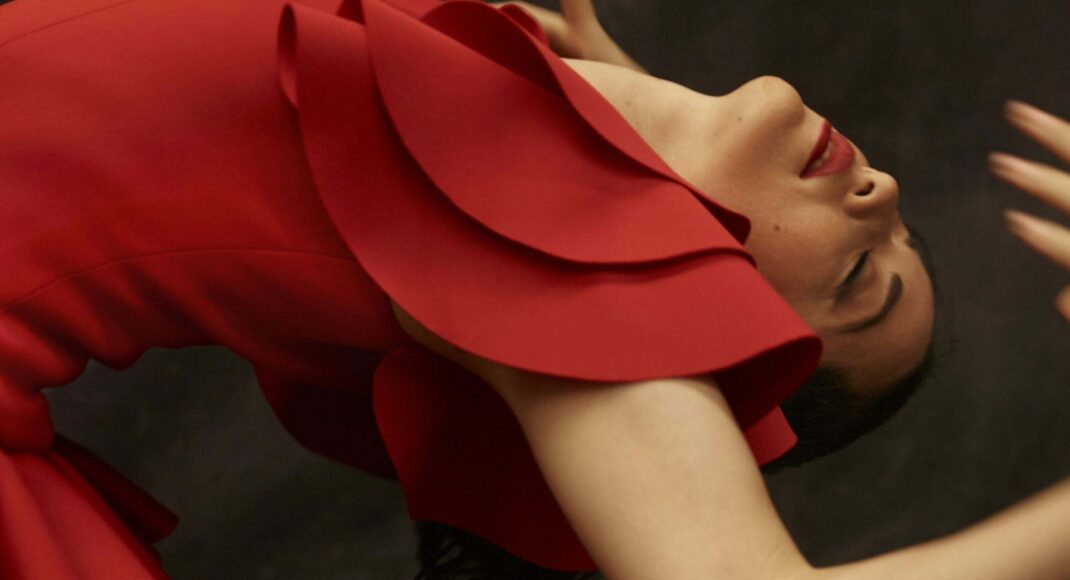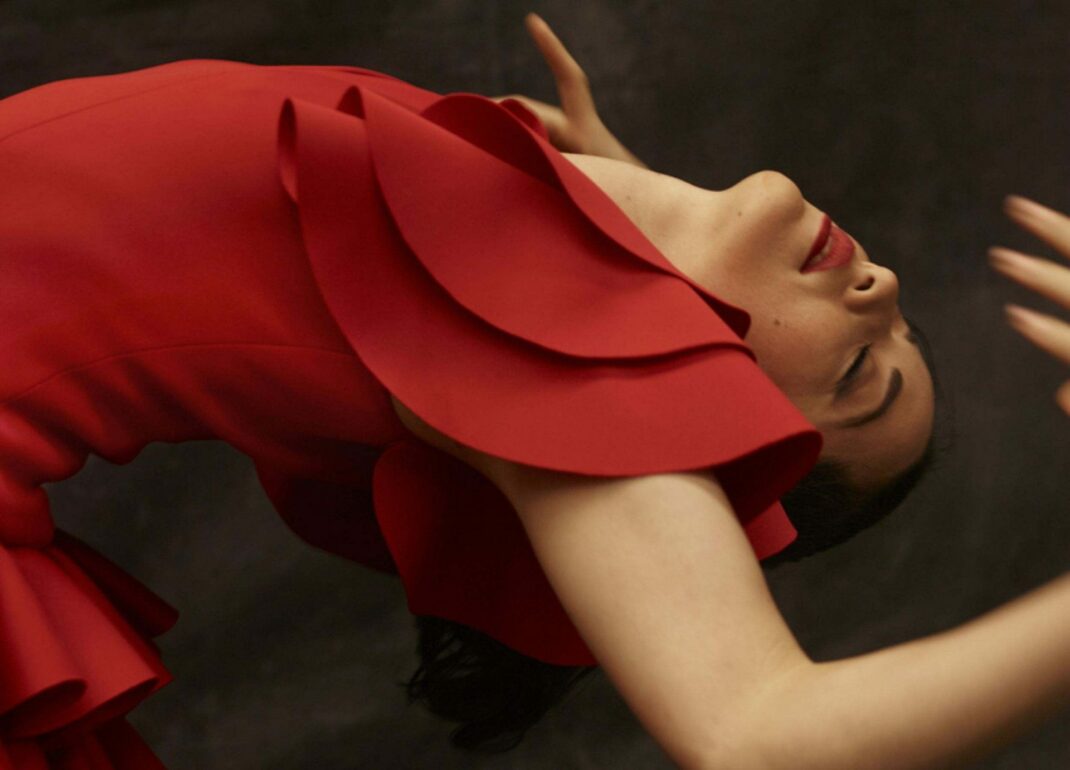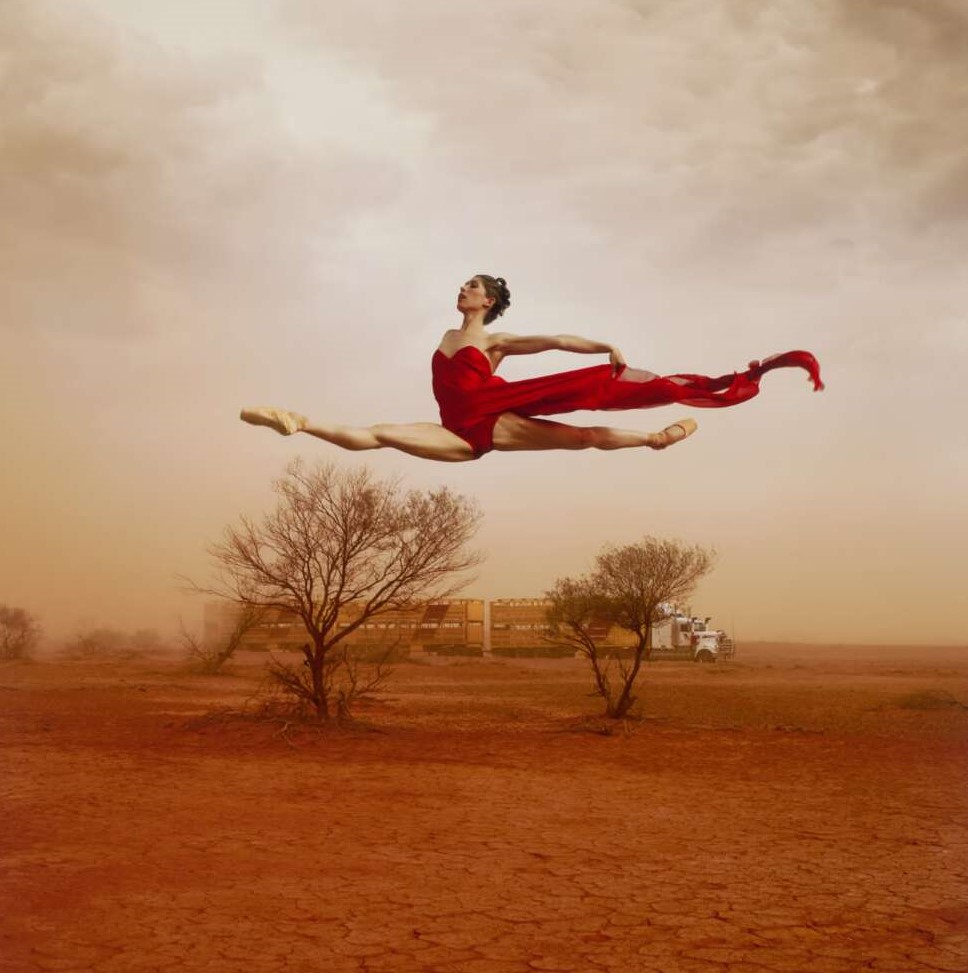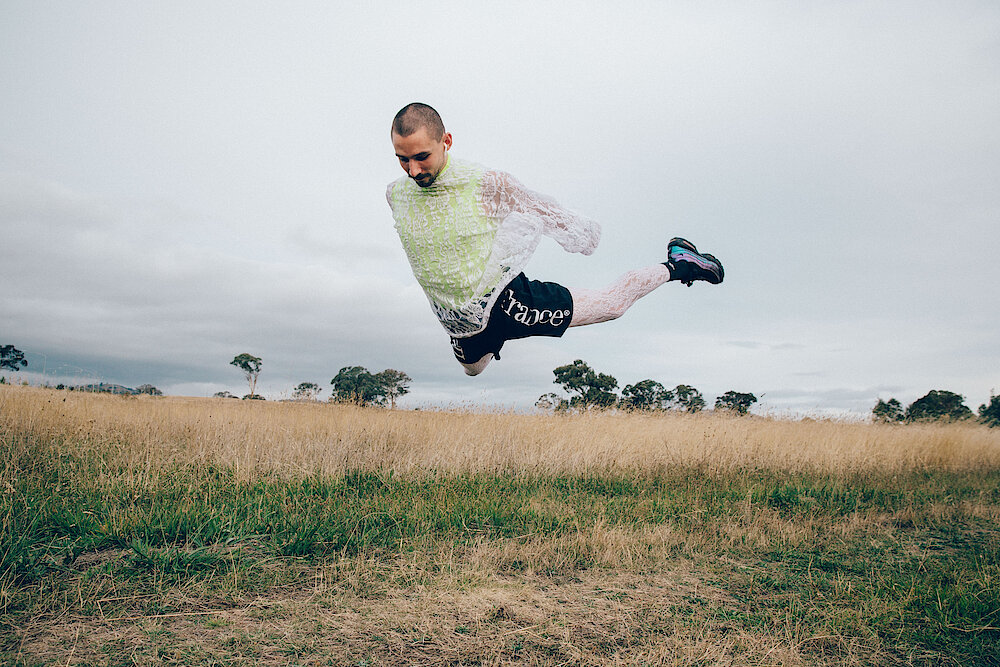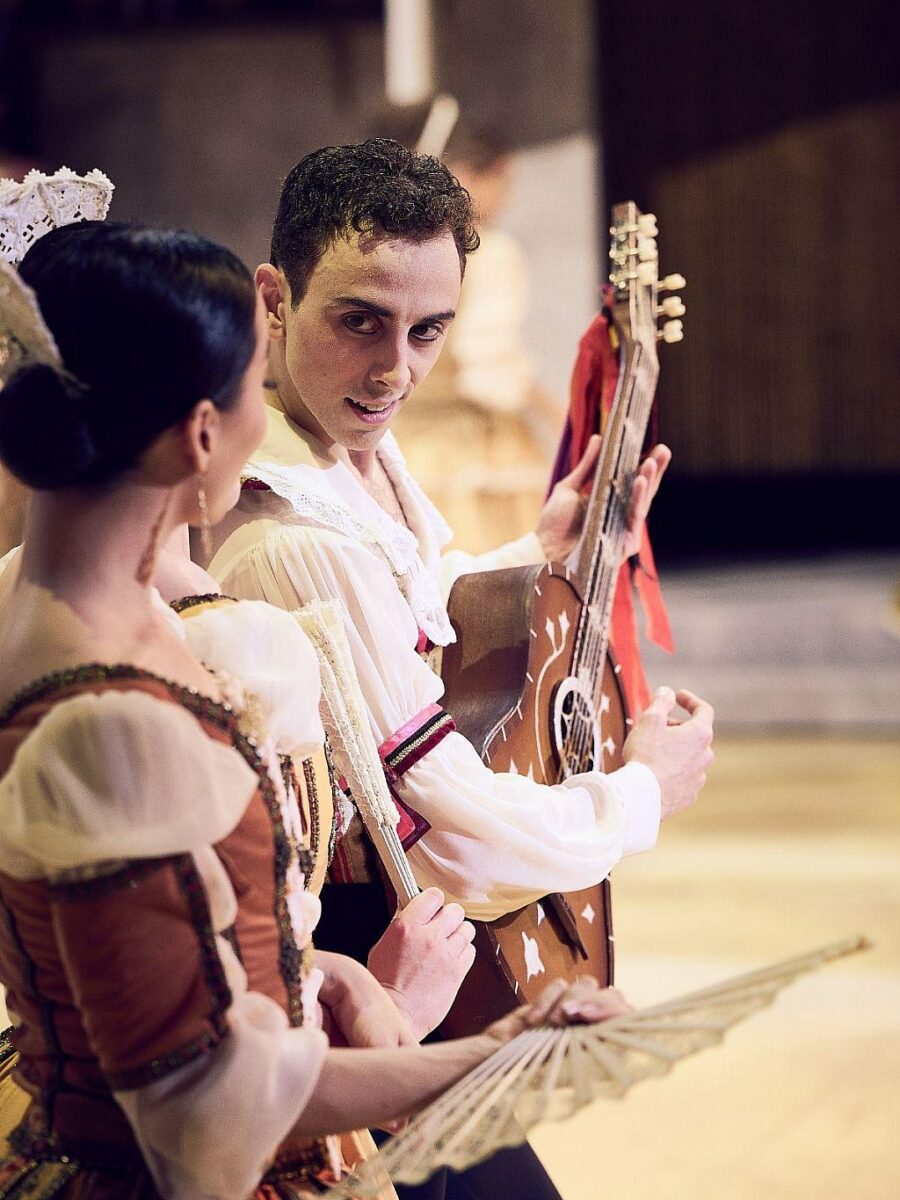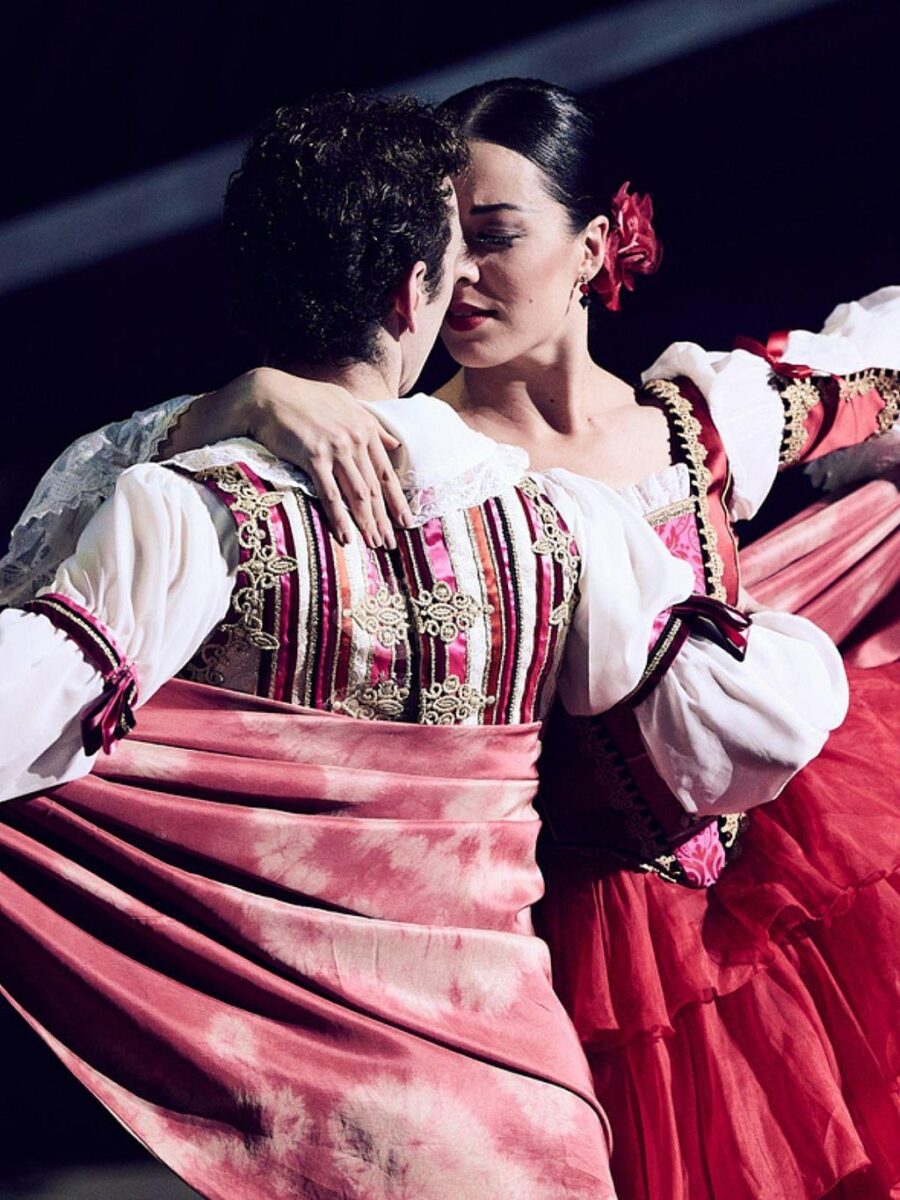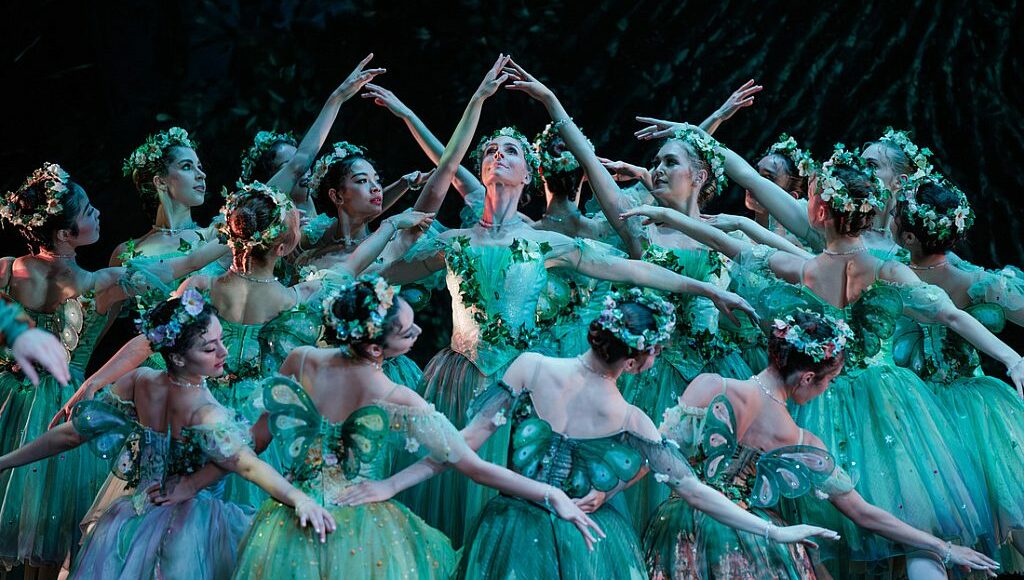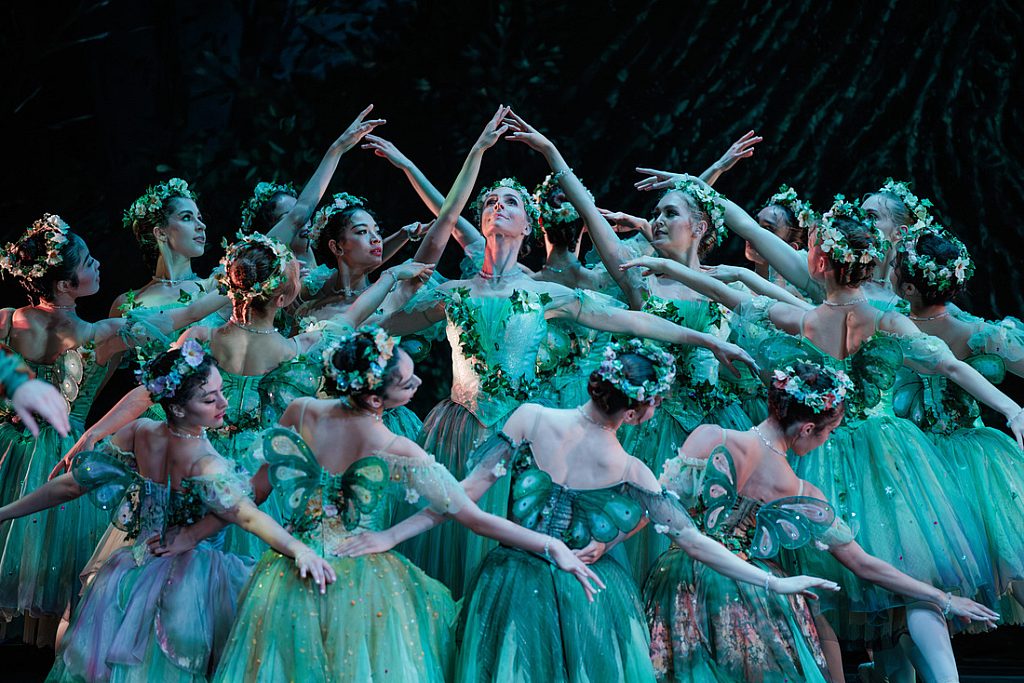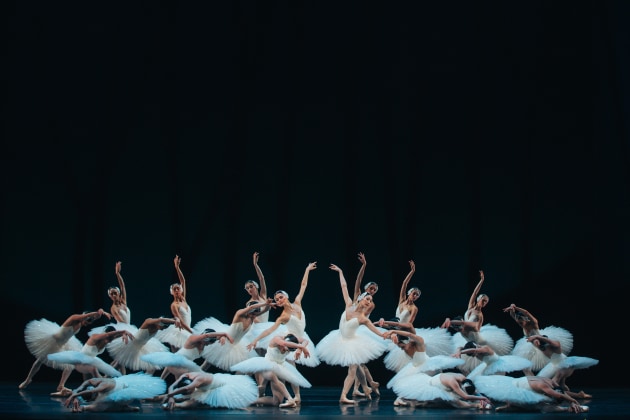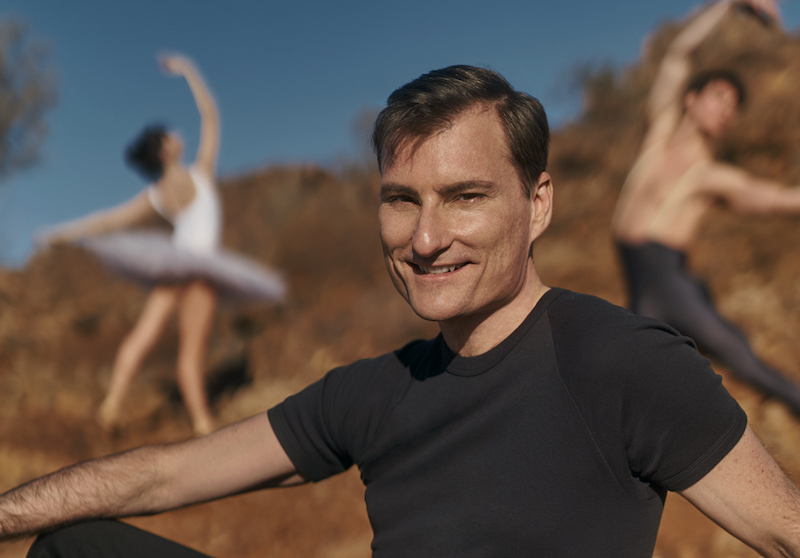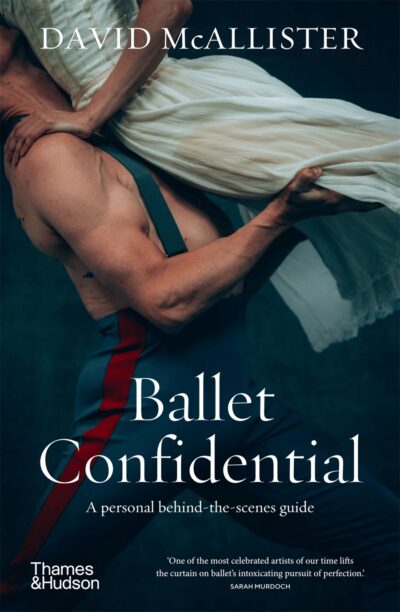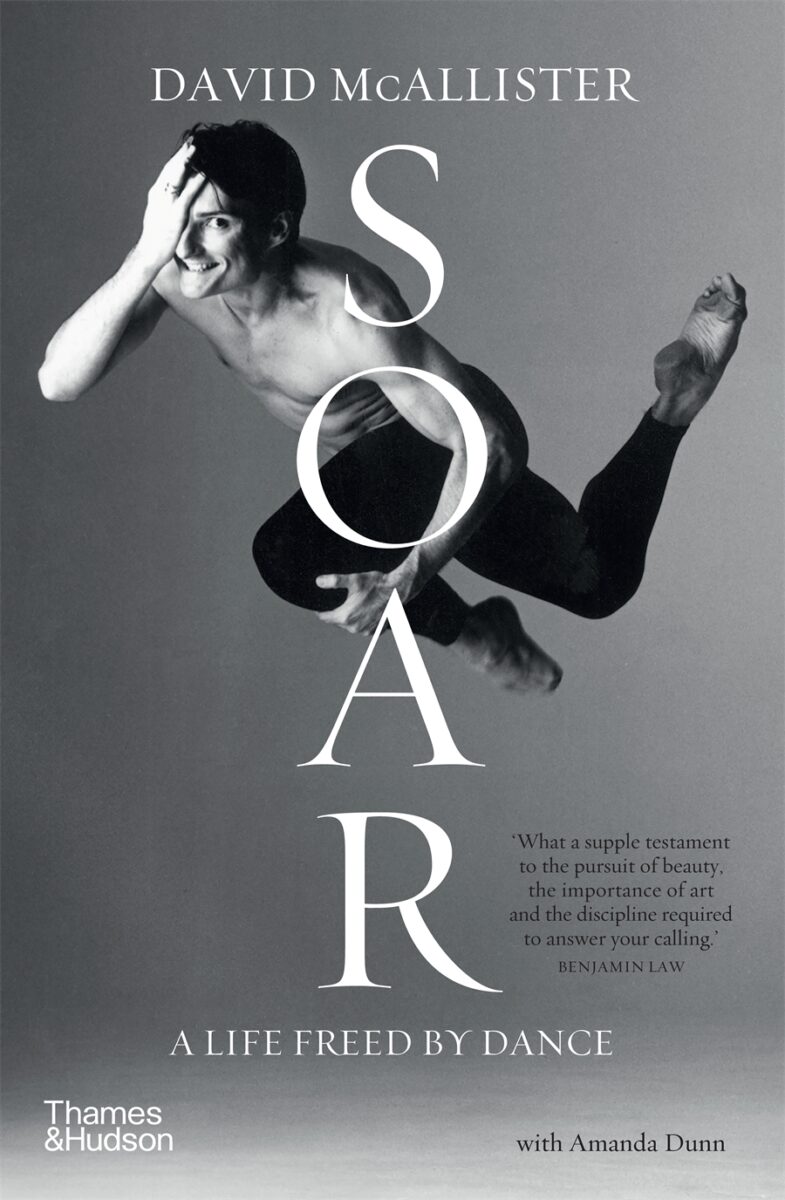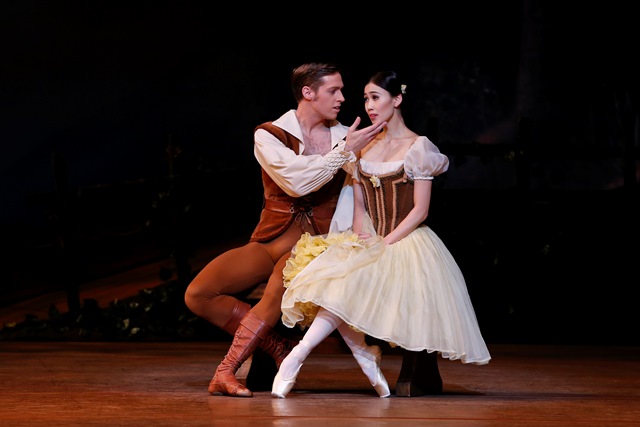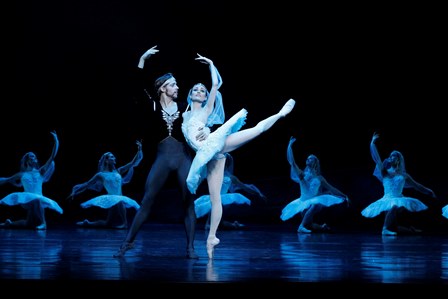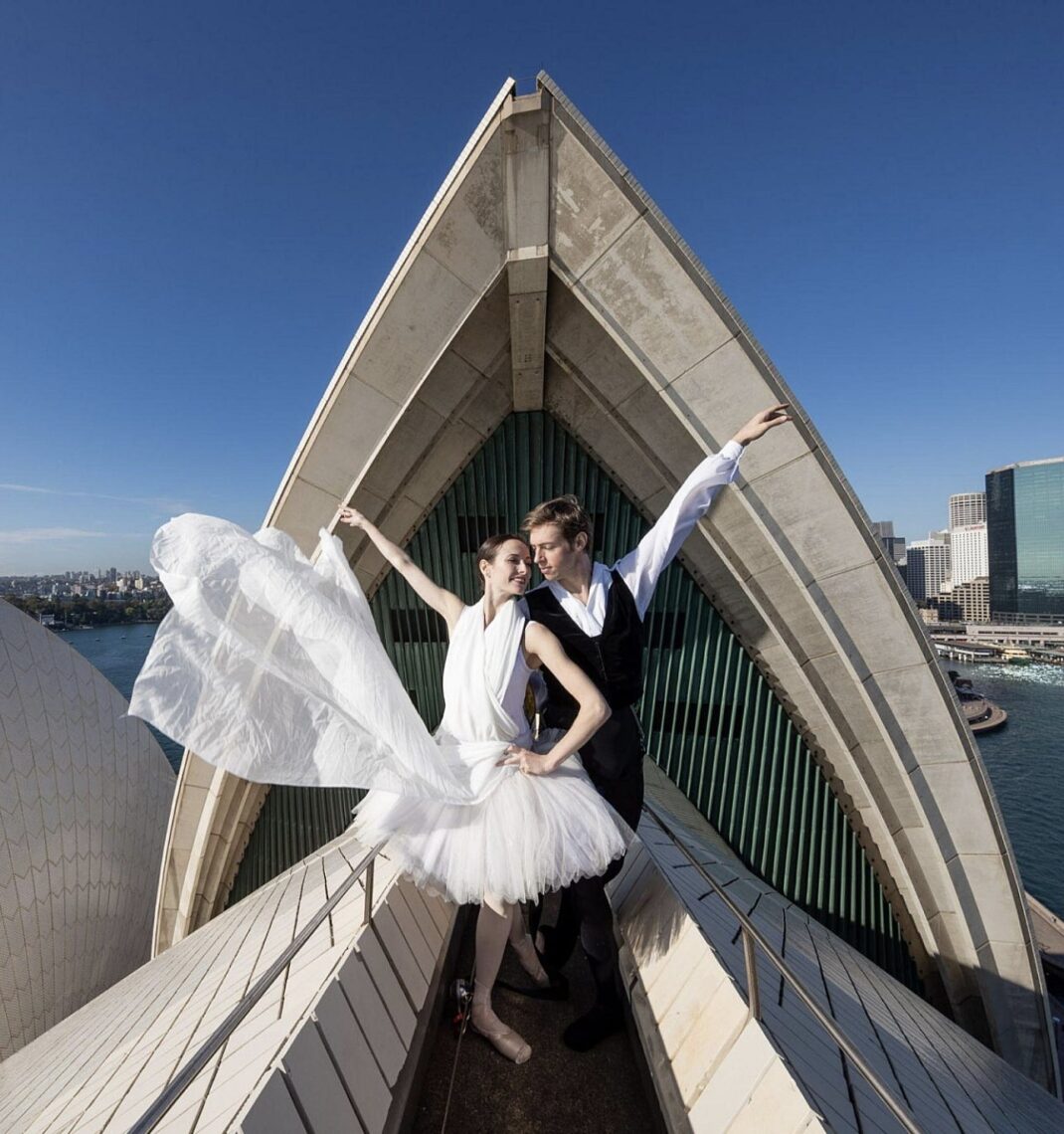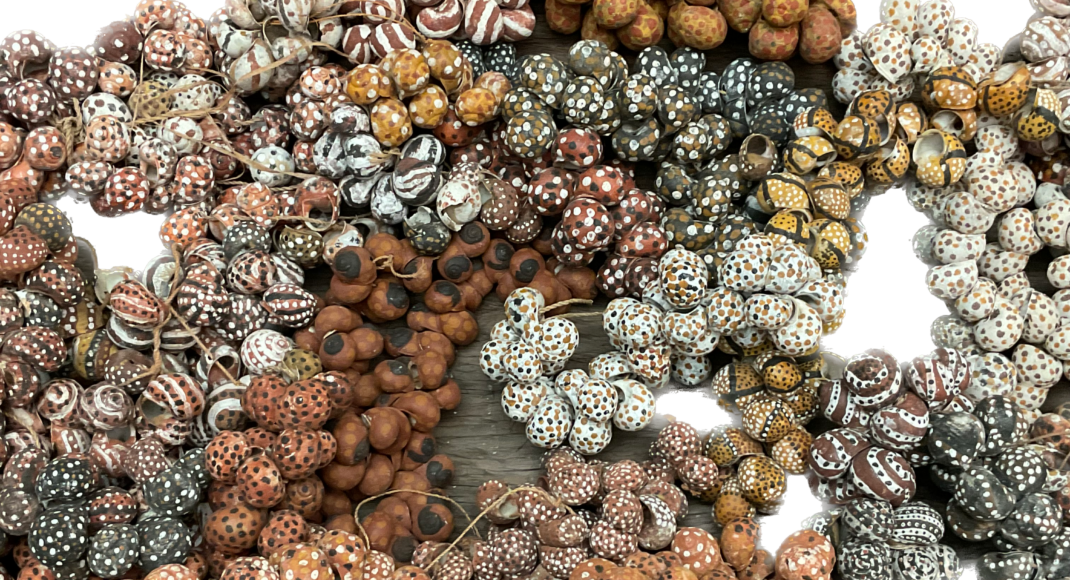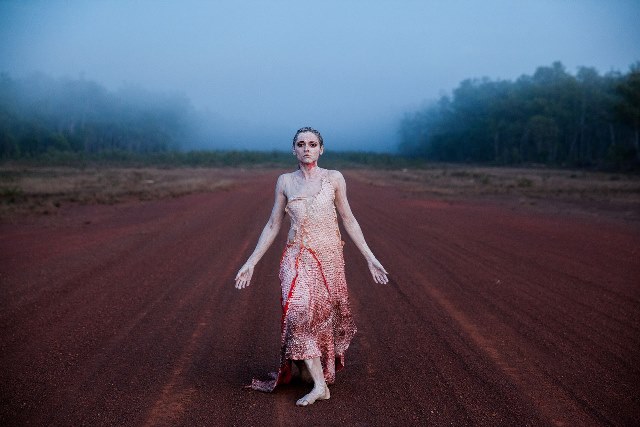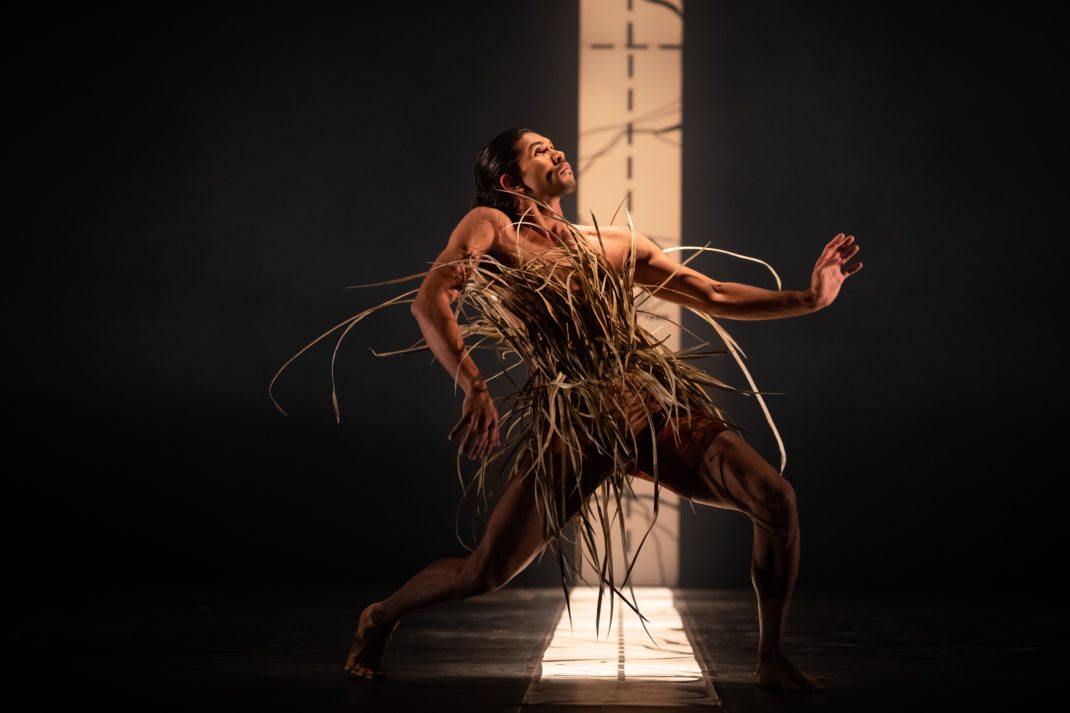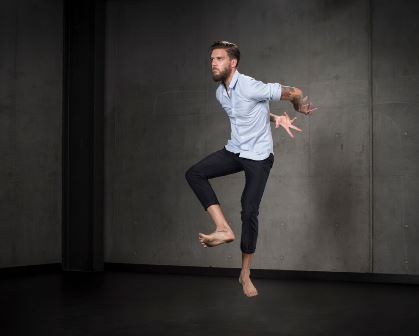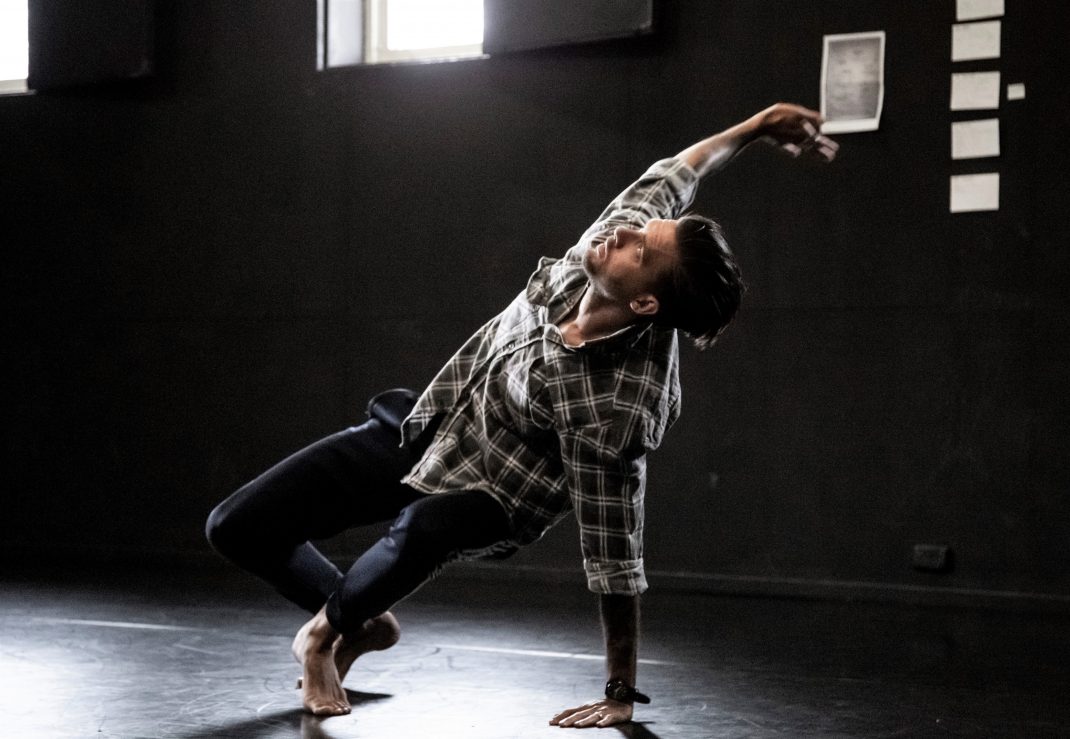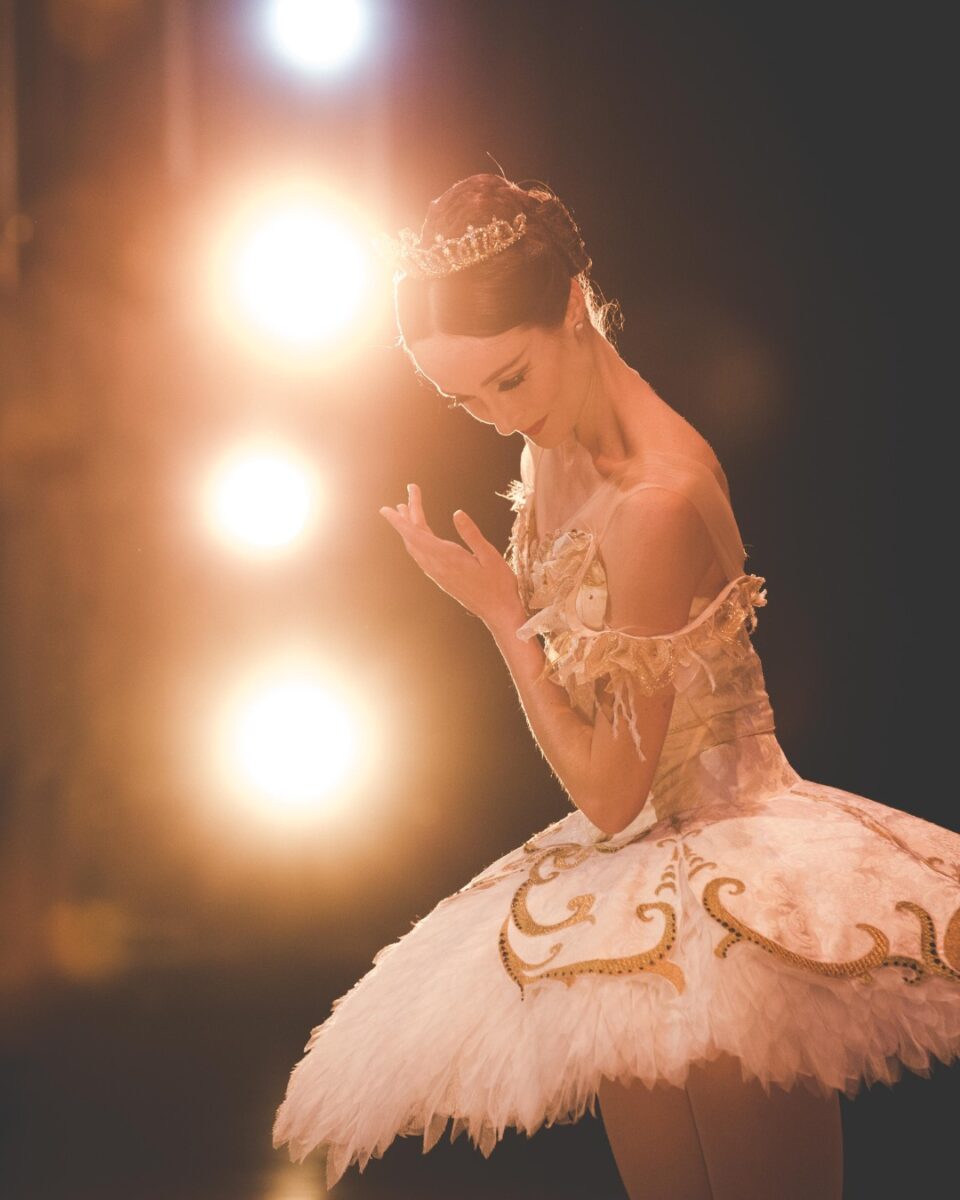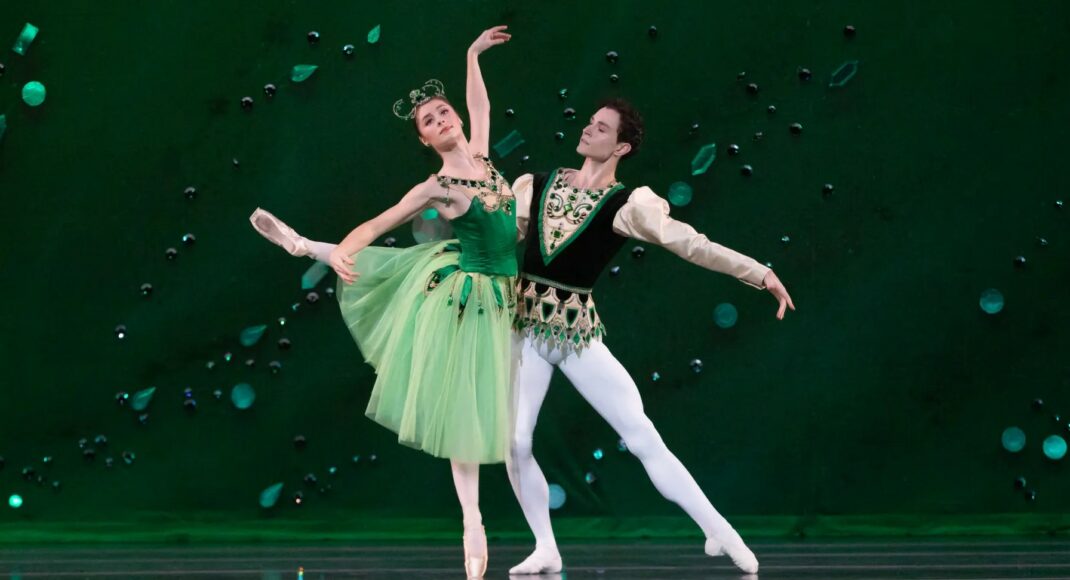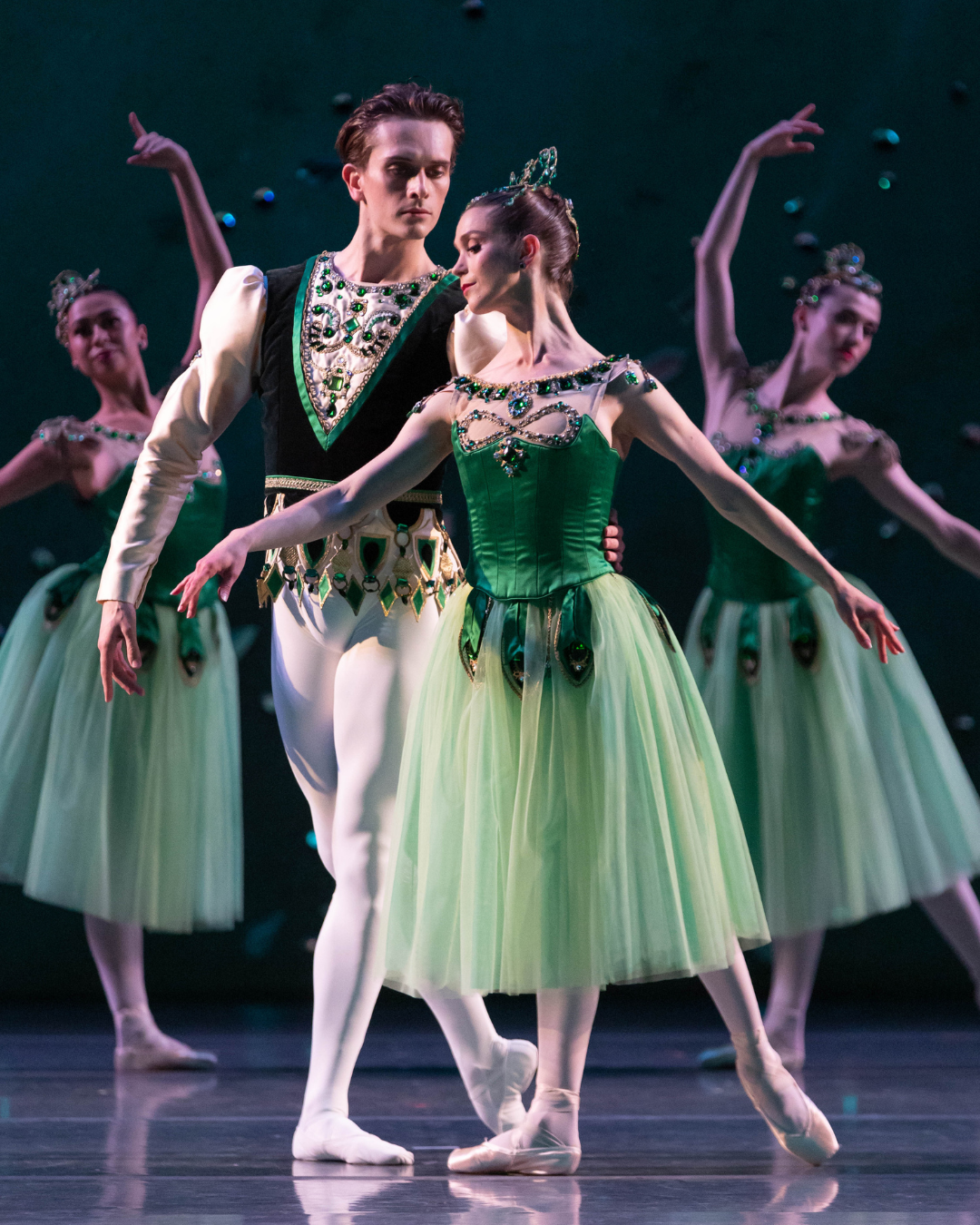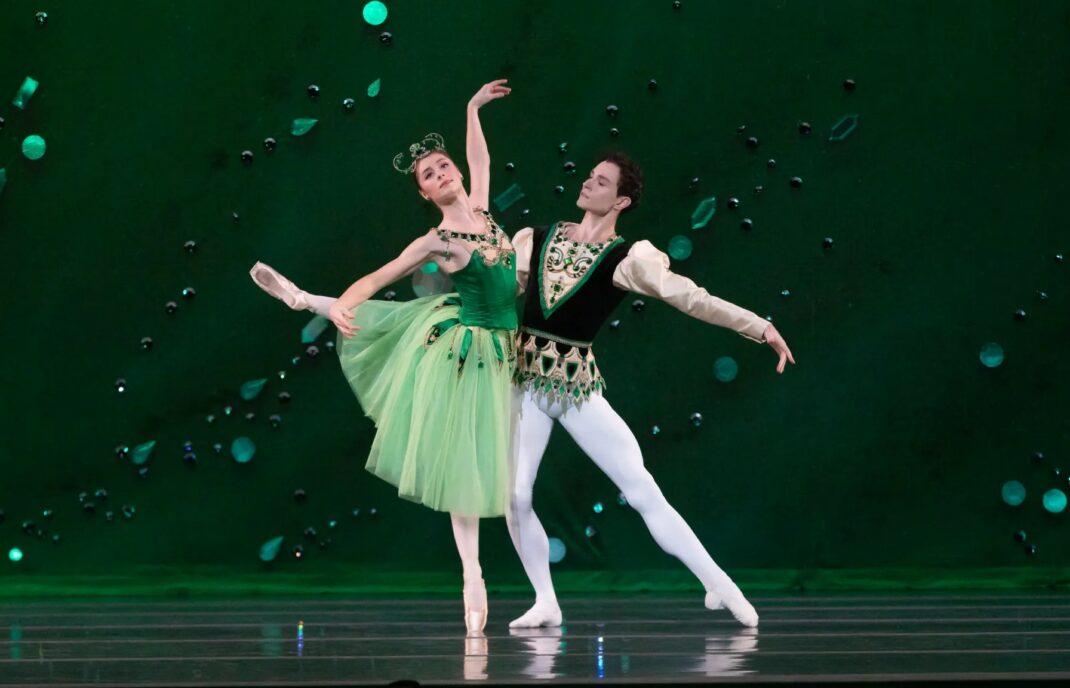17 April 2024 (matinee). Joan Sutherland Theatre, Sydney Opera House
Changes to artistic directorship in any dance company invariably bring changes to repertoire and this current production of Carmen is quite unlike the Carmen many older dance-goers may remember—Roland Petit’s Carmen first performed by the Australian Ballet in 1973. The current production, created in 2015 by Swedish choreographer Johan Inger, follows the love life of Carmen as told originally in Prosper Mérimée’s 1845 novella. But Inger has recontextualised the story, giving it something of a focus on the relationships, often violent and aggressive, between men and women.
But wider than repertoire, new directors usually have a personal vision for a company. Two comments from audience members in relation to Inger’s Carmen, had me thinking about Hallberg’s vision for the Australian Ballet. One person was moved to say, ‘The choreography was magnificent’ but I heard another say as she left, ‘Well I won’t be coming to see that again!’.
Choreographically this Carmen is indeed magnificent, and it was danced magnificently by the artists of the company. It is balletic in a sense, especially in regard to the arms, which are often curved up and over the head in a fourth or fifth position of sorts, and also in the spatial patterns that are formed when a group of dancers moves across the stage space as one.
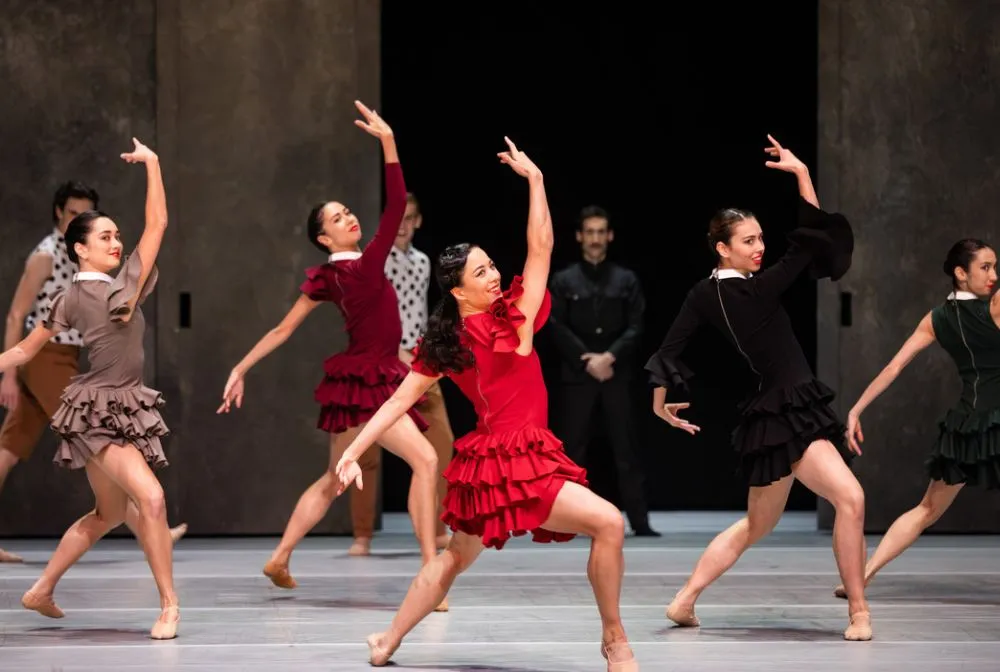
But there is a very contemporary feel and look to the choreography for much of the time. The feet aren’t pointed to any great extent and, in fact, the heel is often emphasised over the balletic style of the pointed toe, and there is a lot that seems grounded and attached to the floor in some way. In addition the dancers scream and shout about various events that occur, and they do it loudly. It is an unexpected addition but adds an effect that is highly theatrical.
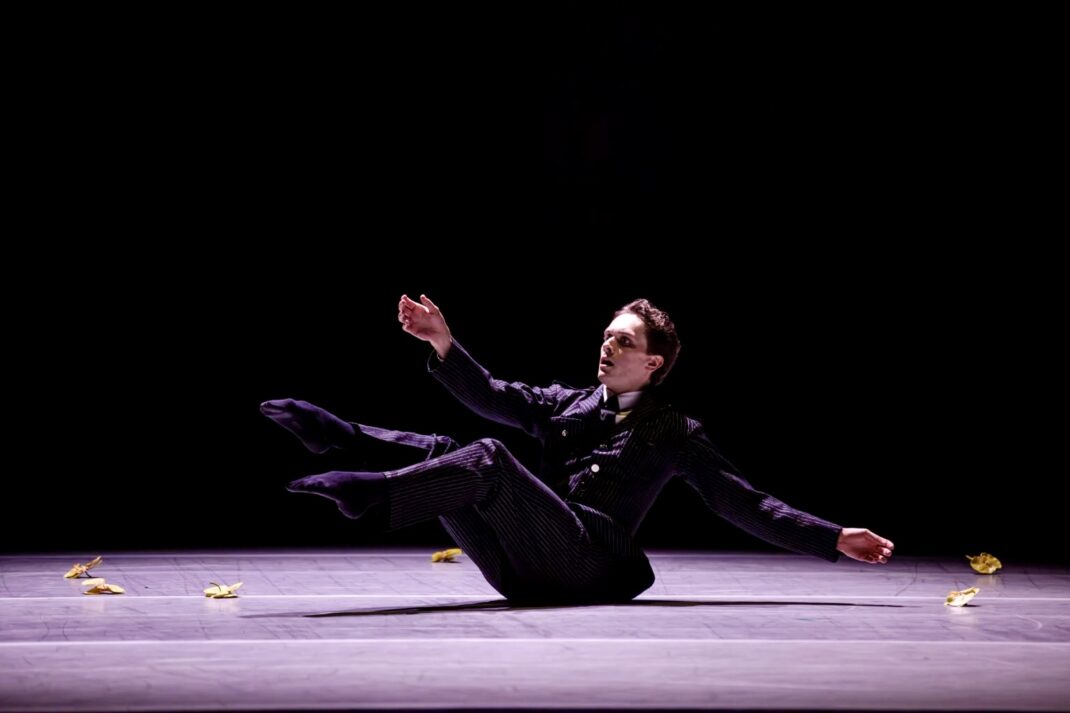
But whatever the choreography, every single person in the cast, led by Jill Ogai as Carmen, Callum Linnane as Don José, Marcus Morelli as Torero, and Brett Chynoweth as Zuñiga, enters into the spirit of the work, and into their individual roles, with gusto. In addition to the principals, special mention goes to Larissa Kiyoto Ward as Manuela, who has an explosive fight with Carmen at one stage, and Lilla Harvey as an addition to the story as the Boy who watches on throughout.
As for the second comment—’Well I won’t be coming to see that again!’—Inger’s Carmen is certainly not for the faint-hearted. It pulls no punches about sexuality, the often violent interaction of men and women, various traumatic and often abusive moments in life, and the like. But to counter this, there are content warnings given such as, ‘Carmen contains mature adult themes including sexual content and depictions of violence that some people may find disturbing’. It’s probably not a work that one would take children to see but, nevertheless, with input from a dramaturg (Gregor Acuña-Pohl), there is a clarity in the way the narrative unfolds that is absorbing and it would be well worth seeing more than once.
There is a certain simplicity to the design elements of the work including lighting by Tom Visser, costumes by David Delfin and a set of moving rectangular structures by Curt Allen Wilmer and Leticia Gañán. The music from Rodion Shchedrin after Georges Bizet with some additional music from Marc Alvarez was thrilling to the ear.
So what to conclude regarding repertoire and the vision of David Hallberg? Let’s hope he continues to give us outstanding contemporary dance works from across the world (like the Inger Carmen), while not forgetting the occasional item that has something pure and classical about it, and material from Australian choreographers.
Michelle Potter, 18 April 2024
Featured image: Jill Ogai as Carmen and Callum Linnane as Don José in Johan Inger’s Carmen. The Australian Ballet, 2024. Photo: © Daniel Boud
